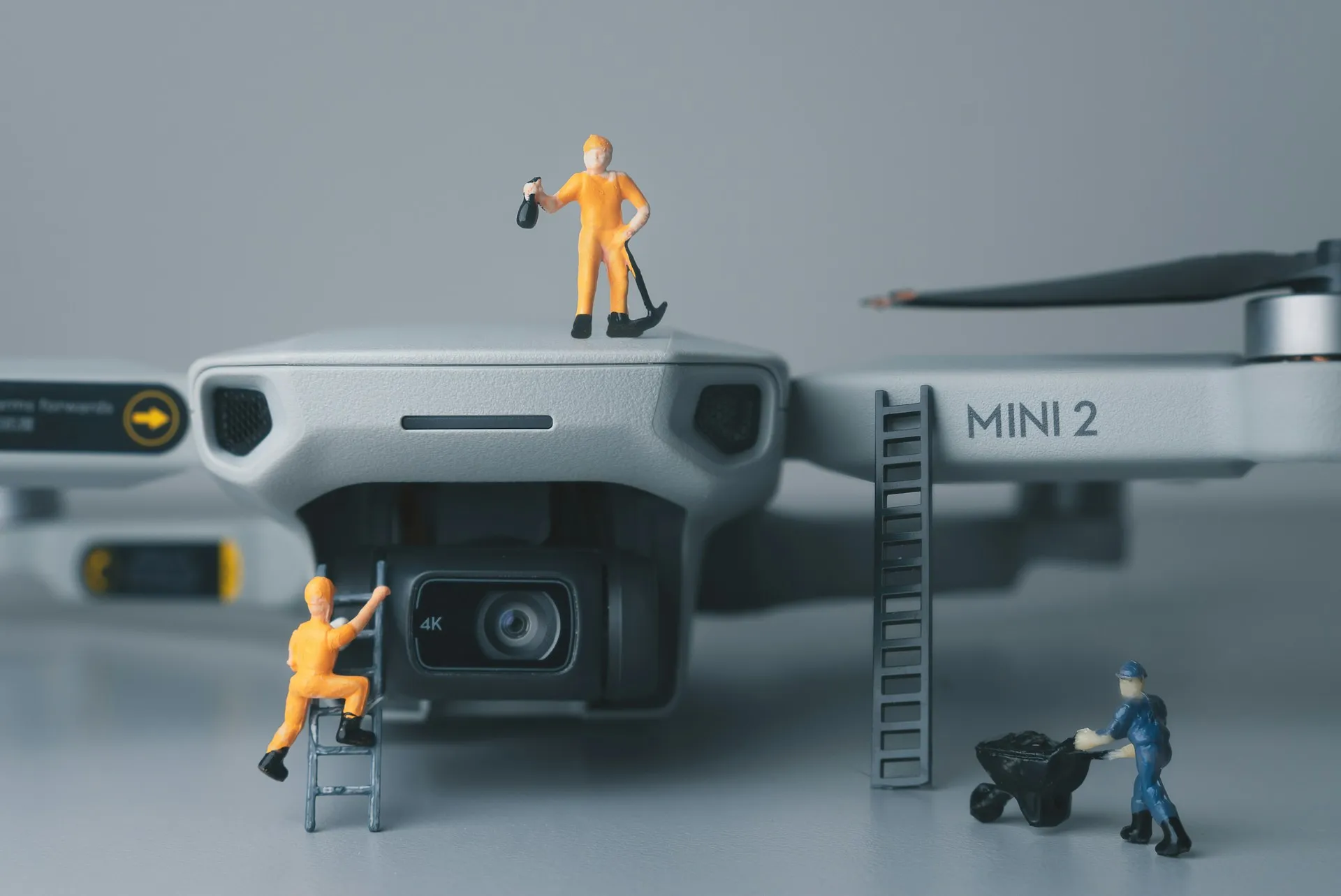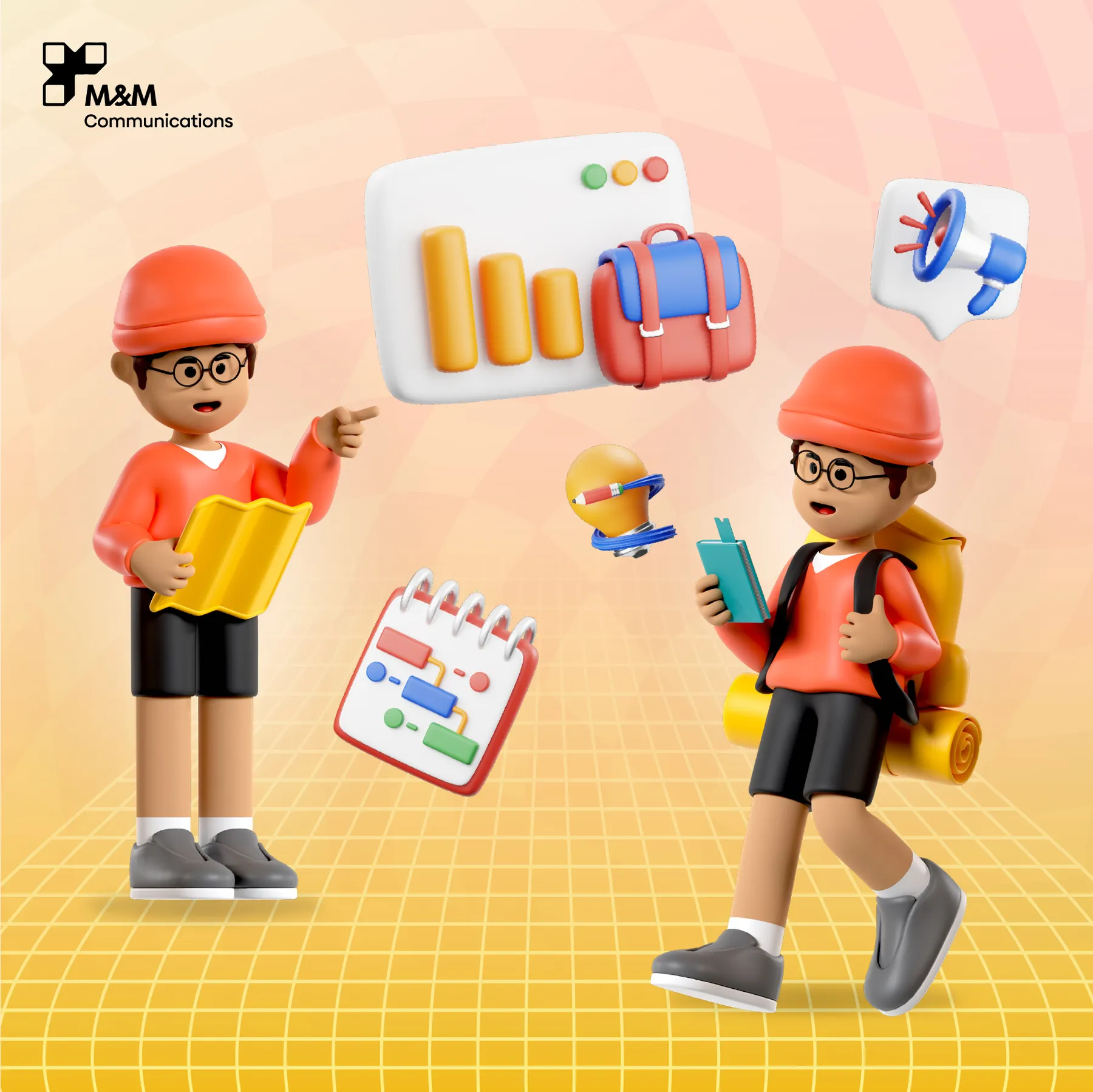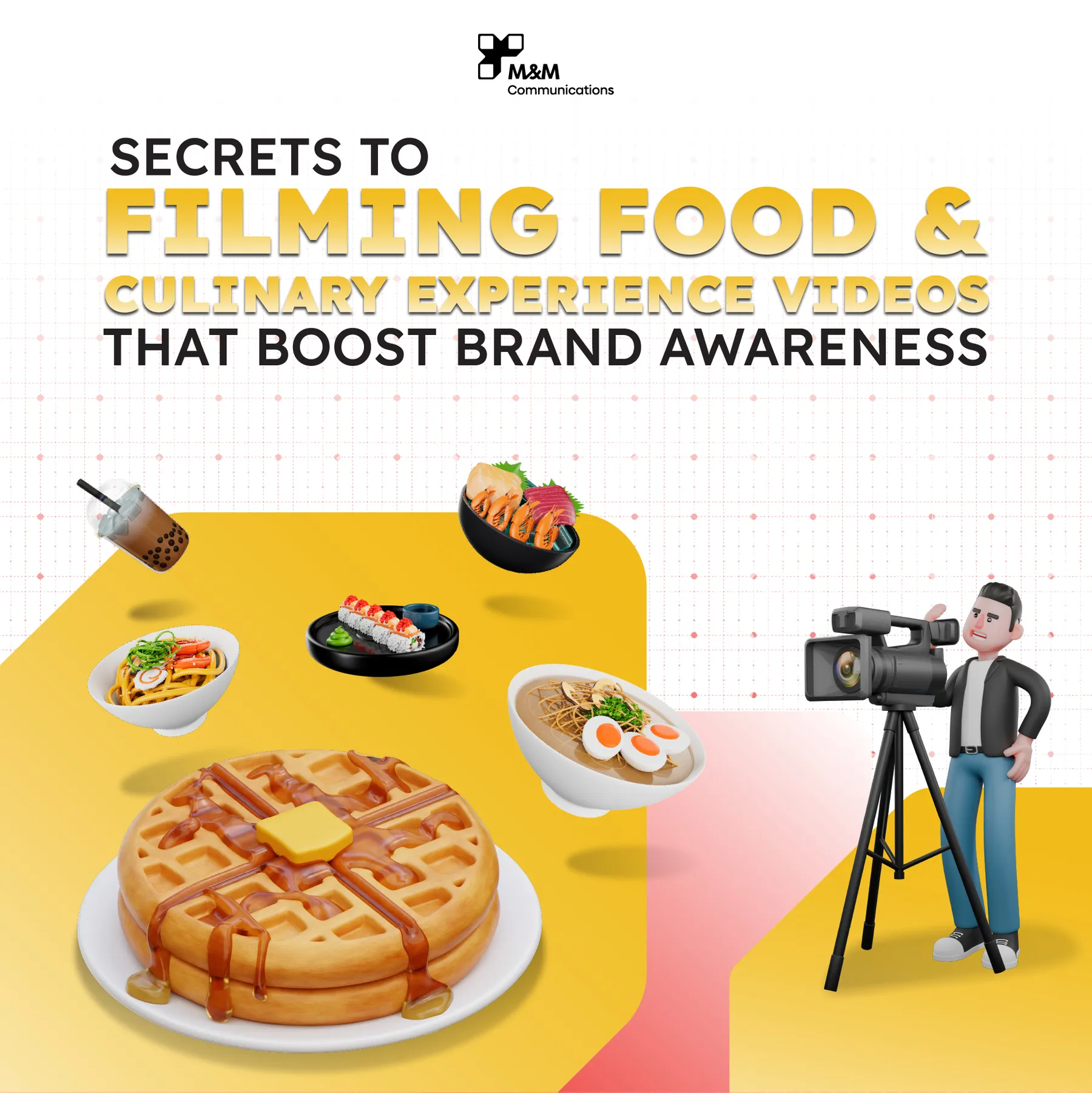
Animation in Marketing: How to Create Engaging Content That Converts

1. The Rise of Animation in Modern Marketing
In today's fast-paced digital world, animation stands out as a dynamic and versatile medium. It transcends language barriers, simplifies complex information, and evokes emotions more effectively than static content. For Vietnamese businesses, animation offers a creative way to connect with audiences, particularly the digitally-savvy younger generations.
Why animation is crucial in 2025:
- Increased Engagement: Animated videos are proven to have higher click-through rates and longer watch times.
- Improved Brand Recall: Unique animated characters and styles can make brands more memorable.
- Simplified Explanations: Perfect for breaking down complex products, services, or processes.
- Versatility: Applicable across various platforms – websites, social media, presentations, and ads.
- Cost-Effectiveness: Often more affordable than live-action video production, especially for intricate concepts.
2. Types of Marketing Animation to Consider
Choosing the right animation style depends on your marketing goals, target audience, and brand personality.
2.1. 2D Animation
This classic style involves creating movement in a two-dimensional space. It's versatile and can range from simple explainer videos to intricate character animations.
- Character Animation: Builds brand mascots and tells stories.
- Motion Graphics: Animates text, shapes, and logos for explainer videos and infographics.
- Whiteboard Animation: Illustrates concepts as if drawn on a whiteboard, great for educational content.
2.2. 3D Animation
3D animation offers depth and realism, suitable for product demonstrations and immersive experiences.
- Product Visualization: Showcases products from all angles and in various contexts.
- Architectural Walkthroughs: Provides virtual tours of properties.
- Character Animation: Creates realistic and detailed characters for storytelling.
2.3. Stop Motion Animation
This technique involves capturing one frame at a time, with physical objects moved incrementally between frames. It creates a unique, handcrafted feel.
- Claymation: Uses clay figures.
- Cutout Animation: Uses paper cutouts.
- Object Animation: Animates everyday objects.
2.4. Motion Graphics
Often combined with live-action video or other animation styles, motion graphics use text, shapes, and illustrations to convey information dynamically. Ideal for explainer videos, social media ads, and presentations.

3. Essential Tools and Techniques for Animation
Creating professional animation requires the right software and skills.
3.1. Software for Animation
- Adobe After Effects: Industry standard for motion graphics and visual effects.
- Adobe Animate (formerly Flash): Great for 2D character animation and interactive content.
- Toon Boom Harmony: Powerful software for professional 2D animation.
- Blender: Free and open-source 3D animation software.
- Cinema 4D / Maya: Professional 3D animation and modeling tools.
- Vyond / Powtoon: Online animation makers for quick and easy videos (subscription-based).
3.2. Key Animation Techniques
- Storyboarding: Visualizing the animation sequence, shot by shot.
- Scriptwriting: Crafting a clear and concise narrative.
- Character Design: Creating appealing and relatable characters.
- Sound Design: Adding voiceovers, music, and sound effects to enhance the experience.
- Timing and Pacing: Crucial for engaging viewers and conveying messages effectively.
4. Cost-Effectiveness of Animation in Marketing
While custom animation can be an investment, it often proves more cost-effective than live-action video production in several scenarios:
- No Location Costs: Eliminates travel, permits, and set design expenses.
- No Actor Fees: Avoids costs associated with hiring actors.
- Revisions are Easier: Modifying animations can be simpler and cheaper than reshooting live-action.
- Scalability: Animated assets can be easily repurposed for different campaigns.
- Explaining the Impossible: Animation can visualize abstract concepts or future products that are impossible to film.
For Vietnamese businesses, leveraging online animation tools or working with local animation studios can offer budget-friendly options.
5. Case Studies: Successful Animation Marketing
5.1. International Example: Dropbox Explainer Video
Dropbox's simple 2D explainer video was instrumental in its early growth, clearly communicating its value proposition and leading to a significant increase in sign-ups.
5.2. Vietnamese Market Focus (Hypothetical)
Client: A Vietnamese e-commerce platform for local artisans.
Challenge: Educating users about the platform's unique features and the stories behind the artisans.
Solution: A series of short, culturally relevant 2D animated videos showcasing individual artisan stories and how to use the platform. Motion graphics were used to highlight key platform benefits.
Results: Increased user engagement on social media, higher conversion rates on product pages featured in animations, and improved brand perception as a supporter of local culture.
(M&M Communications can provide real case studies from their portfolio here to showcase their expertise.)

6. Integrating Animation into Your Content Strategy
- Social Media Campaigns: Short, eye-catching animations for platforms like TikTok, Instagram Reels, and Facebook.
- Website Landing Pages: Explainer videos to quickly convey product/service benefits.
- Email Marketing: Animated GIFs or short video clips to boost engagement.
- Presentations and Sales Pitches: Dynamic visuals to make pitches more compelling.
- Online Advertising: Animated banner ads and video ads for higher CTR.
7. Tips for Creating Effective Marketing Animations
- Define Your Goal: What do you want the animation to achieve? (e.g., explain, entertain, convert)
- Know Your Audience: Tailor the style, tone, and message to your target viewers in Vietnam.
- Keep it Concise: Attention spans are short. Aim for clarity and brevity.
- Focus on Storytelling: Even simple animations benefit from a good narrative.
- Invest in Quality: Poor animation can harm your brand image.
- Include a Clear Call to Action (CTA): Tell viewers what to do next.
- Optimize for Platforms: Consider aspect ratios, sound requirements, and autoplay features for different social channels.
8. The Future of Animation in Marketing
Animation will continue to evolve with technology:
- Interactive Animation: Allowing users to engage directly with animated content.
- AI-Powered Animation: Tools that automate parts of the animation process.
- AR/VR Animations: Immersive brand experiences.
- Personalized Animations: Tailoring animated content to individual user data.
9. Getting Started with Animation Marketing in Vietnam
Vietnamese businesses can start small:
- DIY Tools: Explore platforms like Vyond or Powtoon for simple animations.
- Freelancers: Hire Vietnamese freelance animators for specific projects.
- Local Studios: Partner with animation studios in Vietnam for more complex productions. M&M Communications has a network of trusted partners.
The key is to start experimenting and see how animation can elevate your brand's storytelling and engagement.
10. Conclusion: Animate Your Brand's Success
Animation is no longer a niche technique but a mainstream marketing powerhouse. Its ability to engage, explain, and entertain makes it an invaluable asset for any Vietnamese business looking to make an impact in the crowded digital space. By understanding the different types of animation, utilizing the right tools, and focusing on quality storytelling, you can create animated content that not only captures attention but also drives meaningful results.
If you're ready to explore the potential of animation for your brand, M&M Communications offers expertise in developing creative animation strategies tailored to the Vietnamese market. Let's bring your brand's story to life!






